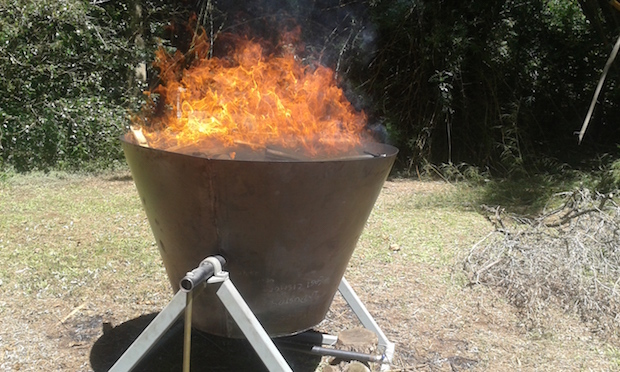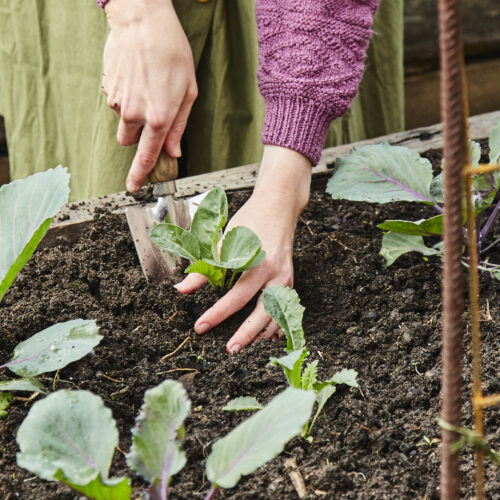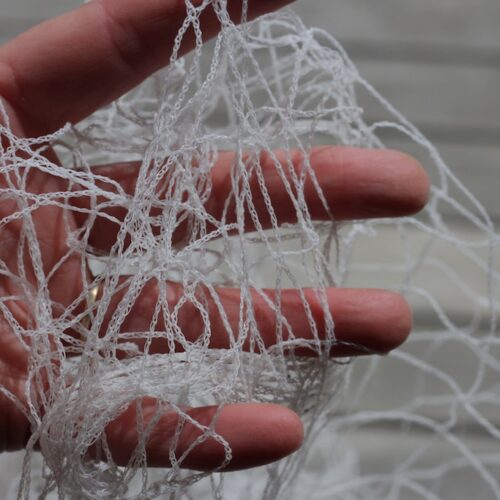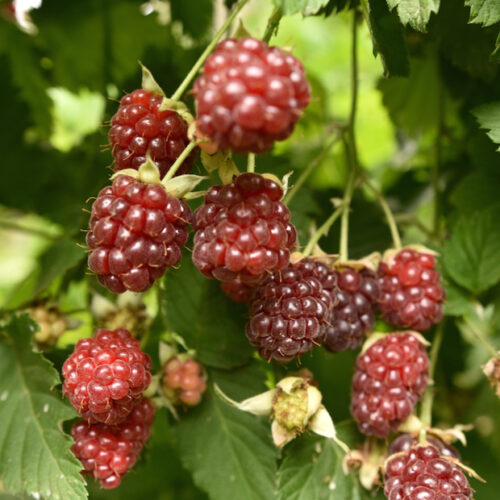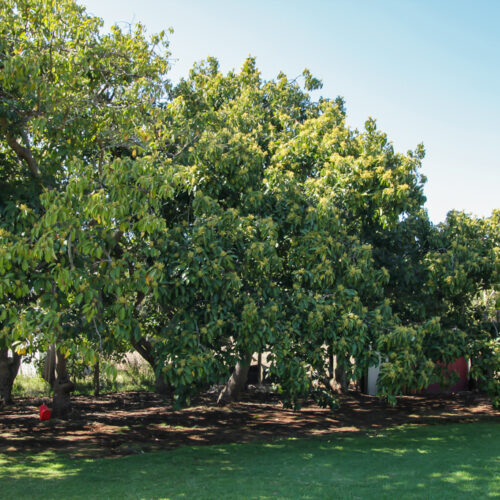Biochar explained
2017-06-13T22:00:00+10:00
Simon Webster investigates biochar and reveals Peter Cundall's method for making it.
It can improve soils, boost crops, reduce greenhouse gas emissions, produce electricity, filter water, improve compost, be fed to animals and even cook your dinner. It’s biochar, long hailed for its potential but is just now coming into its own.
Technically, biochar is biomass – such as wood, nut shells or animal manures – that has been reduced to carbon and minerals by pyrolysis (burning in a low-oxygen environment). In other words, it’s charcoal. When used in farming (or in your garden) it’s called biochar.
“Biochar is any biomass that has been heated and has turned black,” says Dr Lukas Van Zwieten, a senior research scientist with the NSW Department of Primary Industries. “Your pizza crust that has turned black in the oven is biochar.” Having said that, the burnt edge of your supreme pizza may not be as useful as biochar made from hardwood in a specially designed kiln. No two biochars are the same. It all depends on the materials used, and the method.
“It can be done in simple pits in the ground through to highly engineered systems,” Dr Van Zwieten says.
You can also make biochar in a slow-combustion heater in your living room, just like Peter Cundall, who happens to be one of biochar’s biggest fans.
“I honestly think it’s the way of the future,” Cundall says.
Peter Cundall’s biochar method
Peter Cundall makes enriched biochar from charcoal that he collects from a slow-combustion heater in his home in Tasmania. Here’s his method:
1. Burn wood overnight with the vent almost closed. You’ll end up with charcoal in the morning.
2. Put the charcoal on thick plastic, wet it (so it won’t blow away when broken up), and pulverise it using a lump of firewood. You end up with pea-sized crumbs and dust.
3. Store until needed.
4. When preparing soil, take a bucketful of charcoal and put it in a wheelbarrow.
5. Add 2–3 litres of water, a cupful of seaweed concentrate and a cupful of fish emulsion to make a thick slurry.
6. You can bulk it up with an equal amount of potting soil.
7. Apply to the garden. Try dribbling the enriched biochar into trenches if you’re sowing seeds, or throw a handful into a hole below a seed potato.

